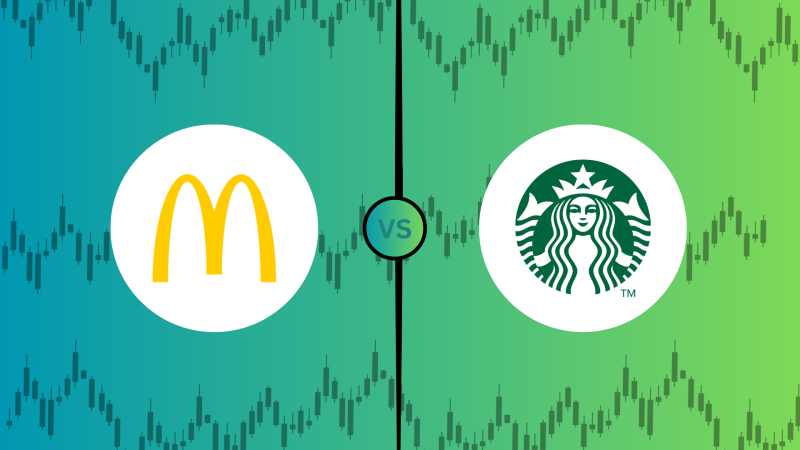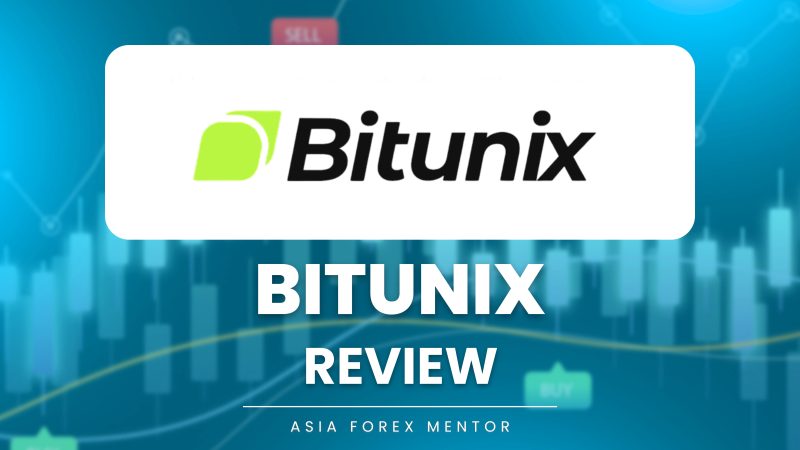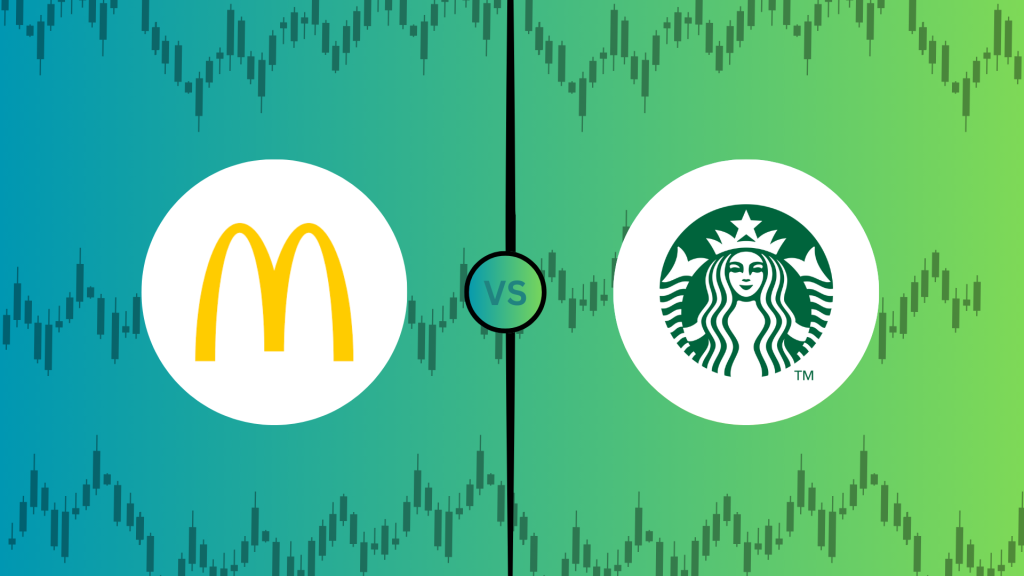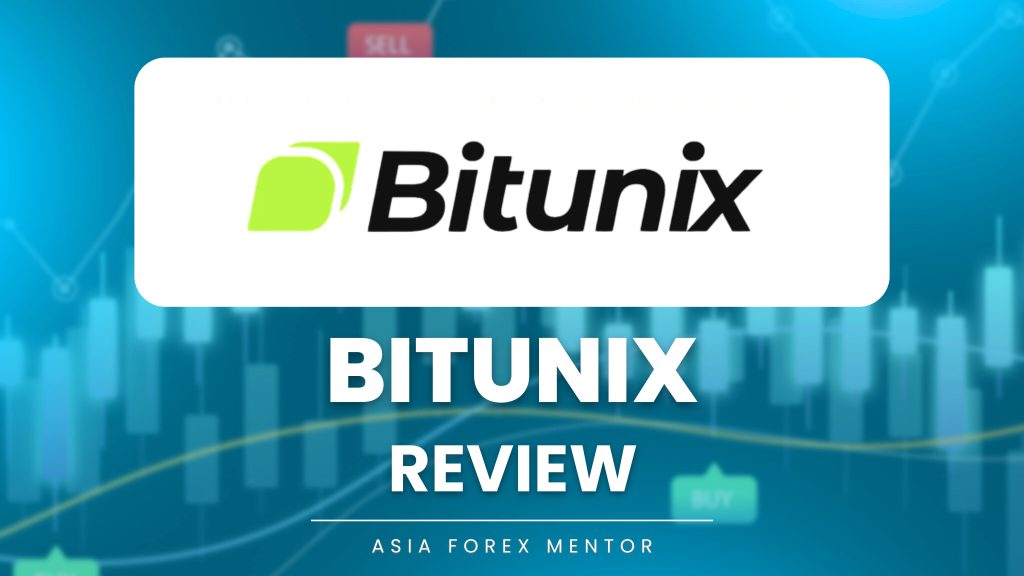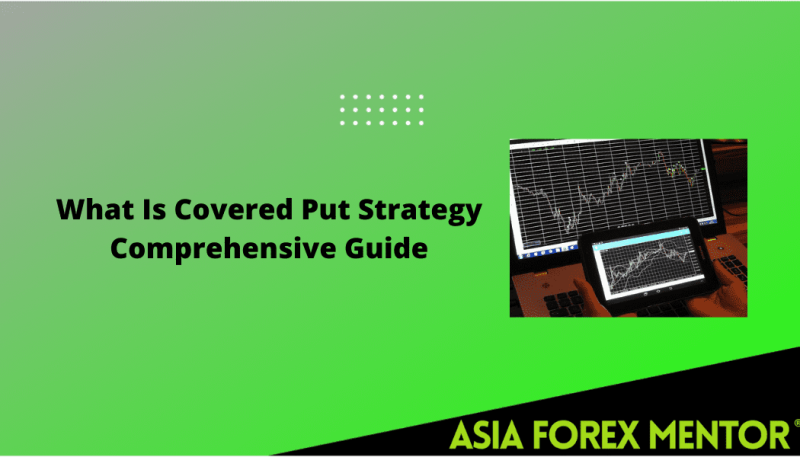
The conventional wisdom is that traders profit from the stock market by selling shares when the conditions are favorable, and although this is true, the reality is there are multiple ways to invest, not just by following the movement of the stock.

Thanks to options contracts, investors have an unlimited number of strategies at their disposal by mixing purchasing and selling calls and put options at various expiration and strike prices.
Also Read: What is the Dip And Rip Strategy?
Contents
- Covered Put Explained
- Example of Covered Put
- When to Use a Covered Put
- Why Implement a Covered Put?
- Other Potential Risks with the Coveted Put
- Conclusion
- FAQs
Covered Put Explained
A put is an options contract that enables the owner to sell the underlying stock at a prearranged strike price at any time before expiration.
Alternatively, the covered call strategy permits the holder of the contract the right to buy an underlying asset at the defined strike price at any time before the date of expiration of the short stock price.
The covered put is a typical position, which is similar to a covered call. As bearish options trading strategy covered put represents a short variant of the covered call.
With the covered put, traders with a negative perspective on the asset that is considering shorting it can create a mix of a short stock position with a short put position.
That way generating some fast income from the premium they got for writing the put. At the same time, it caps potential profits on the short position, because the stock declines under the put's strike price.
Investors will need to additionally buy the stock via the option exercise and close their short position.
Example of Covered Put
For example, we can imagine that an investor shorts sell a stock at $10, but is not expecting the asset to fall below $70. The investor can sell a $60 put with the intent to create profit while limiting the earnings in case the stock declines. The premium for the put is $2.
Maximum Loss
Theoretically, there is no limit to losses a trader can expire with a covered put. The reason is the fact the assets are not caped they can rise to counter the short position continuously.
It is important to know that for any short stock position, there is potential for unlimited maximum loss.
However, the short put can balance losses in case the price of the stock increase. Realistically prices never rise to infinity; because of this, we say that the risk is hypothetical.
The most unfavorable scenario that can occur at expiration is that the price of the stock price rises sharply over the put strike price.
During that moment, the put option is no longer part of the calculation and the investor loses the short stock position in a market that is rising.
In our example, when the stock goes to $120, the stock position would lose $50, but netting out the $2 in the received premium will generate losses of $48.
Maximum Profit
The variation between the price of the shorted stock and the option strike price, together with the received premium is the most investors can make from a covered put position.
This happens when the price of the stock goes lower or at the same level as the put strike price, in that situation, the option is implemented, and the trader buys the asset at the strike price and covers their short position.
Because the put is deep in the money, the maximum gain gets caped. The best option is for the stock price to stay under the strike price, meaning the option will get used before expiration.
The gain is the sale price minus the purchase price, to this; the received premium can get added for selling the option.
Remember that the intrinsic value of a put is the same as the strike price minus the current stock price.
In the previously mentioned example, the stock can fall to any price smaller or the same level as the $60 then the investor will be forced to buy shares at $60.
Because of a short on the stock at $70, the investor earns $10. Then the premium is also calculated for a profit of $12.
Breakeven
The covered put breakeven point is the cost for the short position, and the premium received. But when the stock price starts to rise, the short stock position will lose value, and that loss gets balanced by the received premium, yet only to a certain degree.
In this example, the breakeven point is $72.
However, if the price of the asset rises to $72, then the short stock position sustains a loss of $2, which gets balanced with the $2 premium that was initially received.
When to Use a Covered Put
The covered put strategy is best for situations where a put option gets perceived as overvalued, this is most frequently the case in American-style options where investors can exercise the contract before the date of expiration.
Because of this investors who at the same time short the stock and write an in-the-money put can invest the profit in an instrument that generates interest.
Finally, when the put option gets exercised, the position is eliminated at breakeven, and traders get to pocket the earned interest if there is any.
Traders with the covered put strategy are usually searching for a stable or reasonably declining asset in a cycle of the option. Stocks with a neutral outlook are excellent for the strategy. It is not an appropriate options strategy for assets with a bullish outlook.
Also Read: What Is Selling Puts
Why Implement a Covered Put?
Traders planning on implementing a covered put strategy on the primary company creatE a put option to compensate for the expanse of the strategy.
Short sellers hope the price is going to decline, and the risk is being generated by the increase in the price.
Because a the encompasses creating a put option, this offers investors an extra premium to implement as a safety net in case the worth of the share price increases.
If during expiration the stock price is larger than the put's strike price, the option is going to expire worthlessly. In this situation, the received option premium from the put is going to minimize the depreciation on the short stock position.
Alternatively, if the asset price is smaller than the strike price, the option is going to get exercised. Because the covered put incorporates a short stock, the trader is going make an income from the decline in the price to a specific extent.
Other Potential Risks with the Coveted Put
There are numerous risk factors traders have to learn before implementing the strategy.
Expiration Risk
In a covered put strategy, the risk of expiration is none existent. The risk is that late news results in the option not getting exercised and the stock is drastically larger the next day. A drastic rise in the stock presents a danger not just to the expiration but to the strategy.
Assignment Risk
When a trader writes an option, the move accepts the assignment risk, which eliminates the trader's position, early exercise means no interest gets earned from the strategy.
A situation where a stock is part of a restructuring, merger, capitalization event, takeover, or special dividend, can completely upset typical expectations regarding the early exercise of stock options.
Dividend Risk
Because the investor is shorting the stock, they are responsible for any dividends that need to be paid during the period the stock gets shortened.
Conclusion
Because of the reduced rewards, large risk, and the complications that come with selling stock short, this strategy is not the best option for most traders that don't have experience. From a practical aspect, it is difficult to sell a deep-in-the-money put at its intrinsic value.
This strategy gets implemented to arbitrage an overvalued put, the investor can at the same time sell an in-the-money put close to its inherent value, sells the stock, and then reinvest the income in an instrument that generates interest rates.
FAQs
What is a covered put example?
Let's take an example of a company X Computers that is trading at $70 and the trader expects the price to decline, so the decision is made to short 100 shares at $70 and writes one
$100 strike price put option for $50 premium.
How does selling covered puts work?
When selling a cash-covered put the investor receives the premium from the option buyer. The purchaser pays this premium for the right to sell the shares at any point before that date of expiration, but at the determined strike price. The premium enables the investor to reduce the general buying price get assigned the shares.
Are covered puts safe?
Covered puts are risky, if the underlying stock declines under the strike price then investors will have to buy it at the original strike price.
What is the risk in selling covered puts?
The risk for covered puts is theoretically unlimited risk potential.





